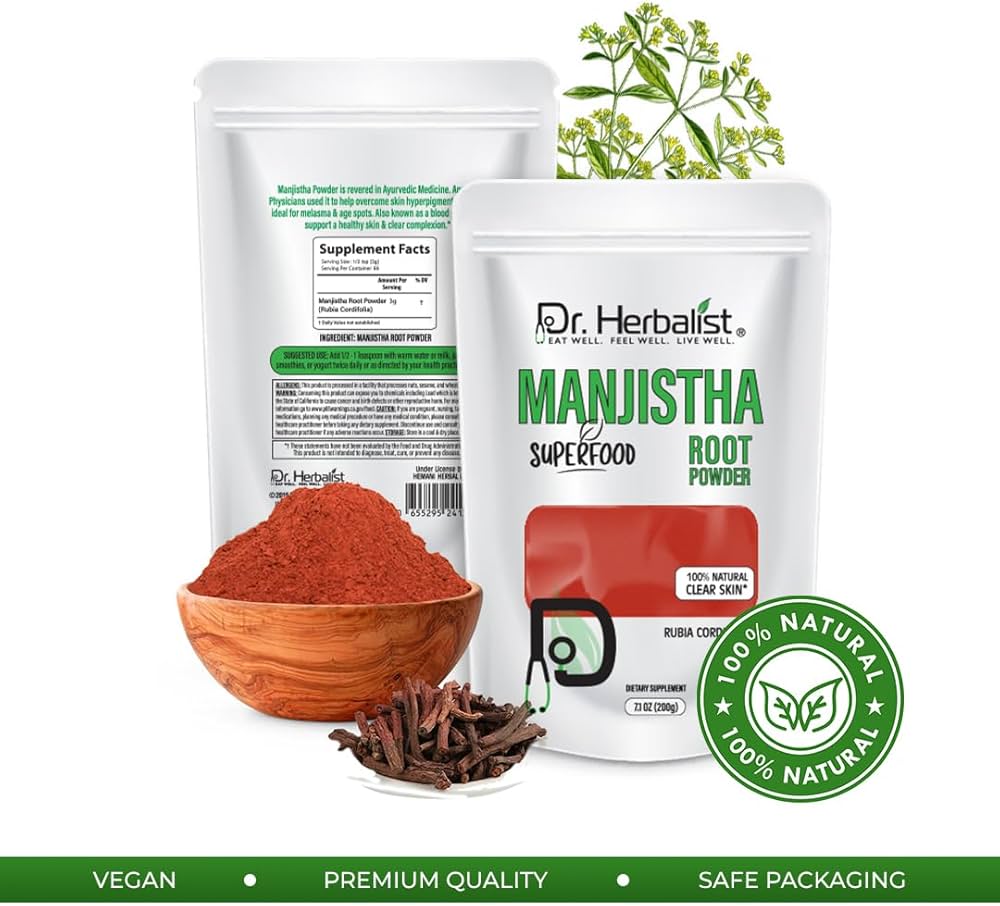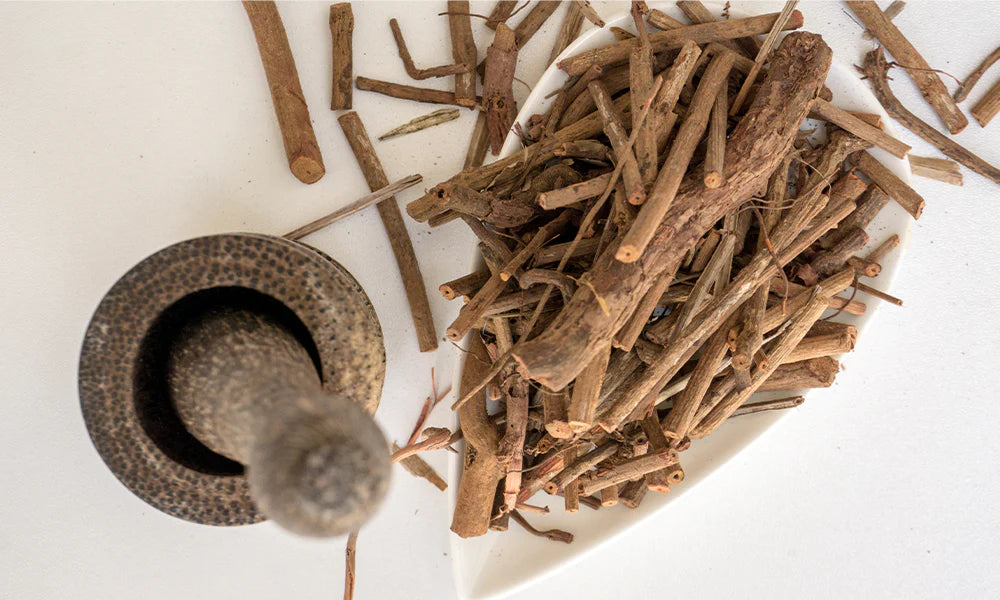Alright, so you hear a lot about certain plants these days, don’t you? One of them that kept popping up on my radar was Rubia cordifolia, or madder root, as some folks call it. People talk about its uses, its history, all sorts of things. I’m the kind of person who likes to see things for myself, you know? Can’t just take someone’s word for it, especially with all the chatter online.
My First Encounter and Getting Started
So, I decided, why not? Let’s get my hands dirty, quite literally. My main goal, or what piqued my interest the most, was its reputation as a dye. I’d seen these gorgeous, deep red textiles, and the idea of making something like that myself was pretty appealing. Seemed like a straightforward enough project. Or so I thought.
First off, getting the madder root itself. It’s not like you just pick it up at the corner store. I managed to source some dried roots after a bit of looking around. Then came the preparation. This is where the “easy” part ended. I remember my kitchen. It was a bit of a scene. I was chopping these tough, woody roots, then trying to grind them down. Dust everywhere. Then soaking them. My hands were stained for days, and not even the pretty red I was hoping for at that stage!
- Chopping the roots – took ages.
- Grinding them – even my old coffee grinder protested.
- Soaking and simmering – the whole house had this earthy, slightly weird smell.
I had this image in my head of effortlessly creating vibrant colors. The reality? It was messy, it took patience, and my first few attempts, honestly, were a bit underwhelming. More of a muddy orange than a brilliant red. I almost gave up, thinking this “natural dye” thing was just too much faff.

Why I Stuck With It – A Bit of a Detour
Now, you might be wondering why I’d put myself through all that for a piece of fabric. Well, it’s a bit of a story there. Around that time, I was going through a phase. I’d been working this high-stress job for years, you know the type? Always rushing, always chasing targets, everything instant, instant, instant. My brain felt like it was constantly buzzing. I needed something to slow me down, something tangible.
I actually remember one particularly bad week at that old job. We had this huge project, and the client kept changing their mind, last minute, every single day. My boss, instead of managing expectations, just kept saying “yes” to everything. It all landed on our team, of course. I came home one evening, utterly drained, looked at my pristine, overly organized apartment, and just felt… empty. That’s when I started looking for something completely different. Something that didn’t involve screens or spreadsheets or impossible deadlines.
So, this madder root experiment, it wasn’t just about dyeing. It was an act of rebellion in a way. Against the rush. Against the idea that everything has to be perfect and immediate. I was learning to embrace the process, the imperfections, the slowness of it all. It was therapeutic, standing there, stirring a pot of roots, waiting, watching the color slowly, slowly bleed out.
The Outcome and What I Really Learned
Eventually, after a few more tries, tweaking the process, playing with mordants (that’s another story for another day, the stuff you use to help the dye stick), I did get some lovely, warm, earthy reds. Not the screaming bright red you get from synthetic dyes, but something richer, more alive. I dyed some old linen shirts, a few scraps of fabric. They weren’t perfect, but they were mine. Each piece had a story.

And that’s the real takeaway for me with this Rubia cordifolia journey. It’s not some magic bullet. It’s a plant, it has its properties, and working with it, like with many traditional things, takes effort. It taught me patience, more than anything. It made me appreciate the beauty in things that take time to develop.
It’s funny, because sometimes I see those “get rich quick” or “instant success” things advertised, and I just think back to stirring that pot of madder root. The best things often don’t come easy or fast. That old job? They’re probably still scrambling, looking for the next quick fix. Me? I’ve learned to appreciate the slow burn. And my kitchen still occasionally looks like a dyer’s workshop, and I wouldn’t have it any other way.
